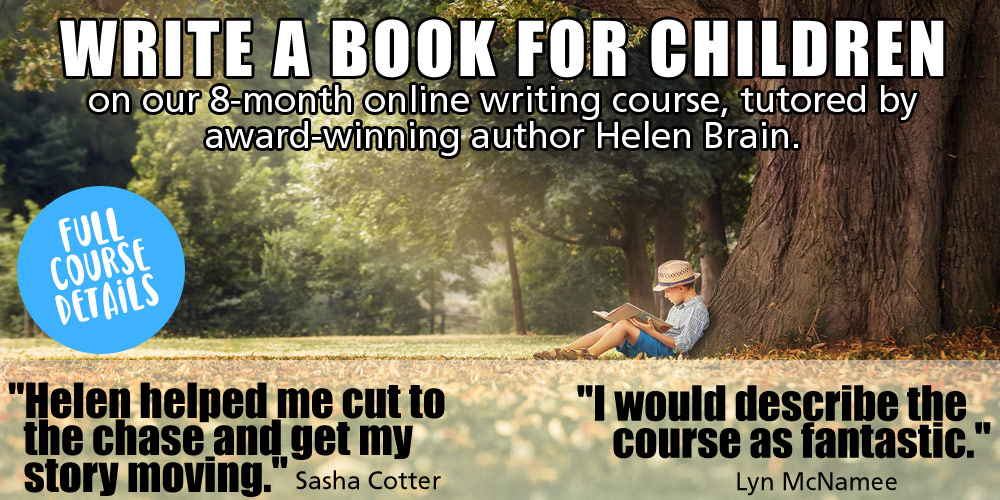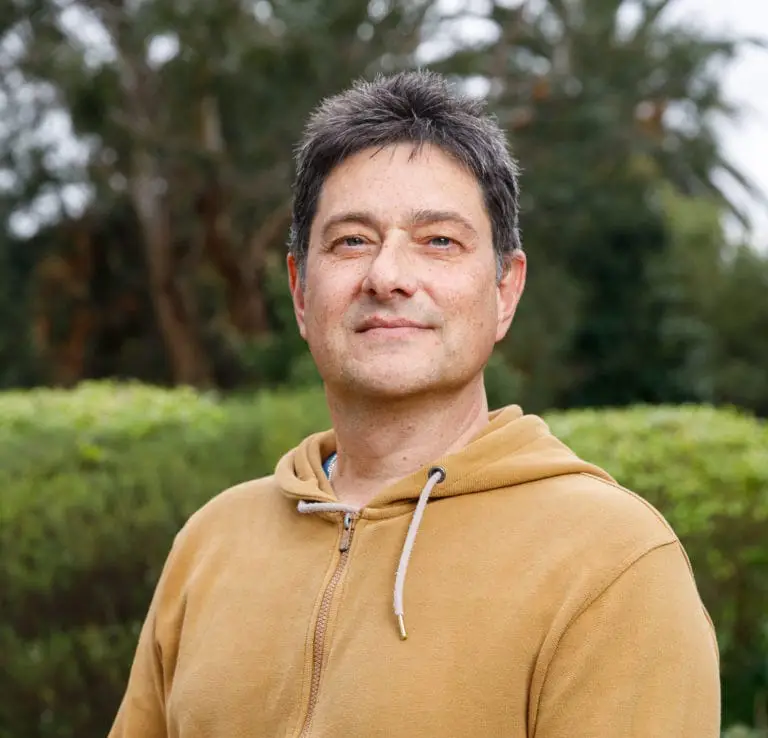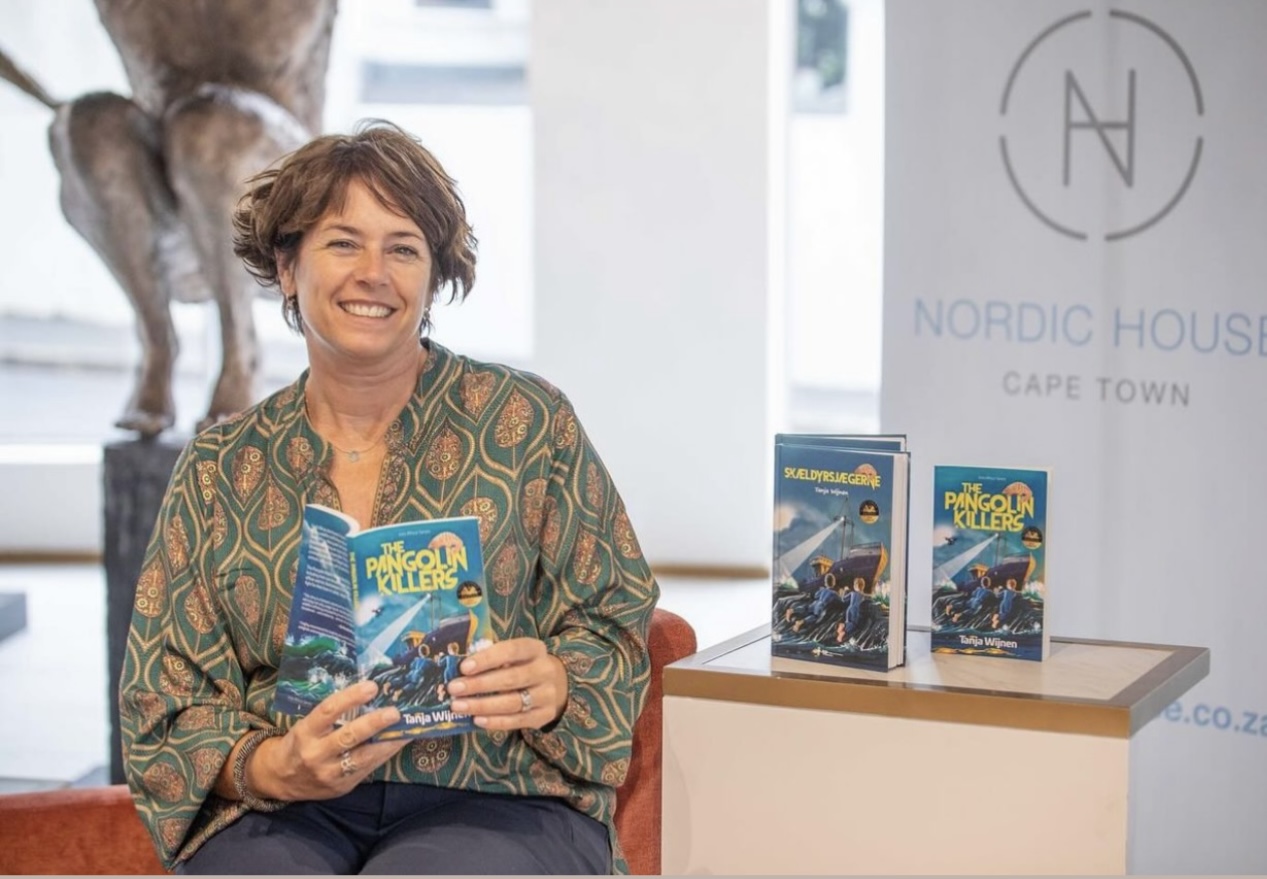If you want to enter a writing competition, the first things to crush are your belly butterflies. I plucked up the courage to write an entry, and now share my step-by-step hardships along the way.
By Lynne Ziegler
Struggling for hours in front of a computer to activate the flow of words can be demoralizing. This essay captures the slumps and the euphoria that pelted down on me while I plodded along to complete this project.
Step 1: The kick-off
Staring at my laptop, discomfort and indecision consumed me. What is my topic? Should I use this word? That theme? This heading? I was driving myself over the edge.
My indecision became my focus.
I felt I had a weight I couldn’t wrestle. I would sit and brood over ways to dislodge the block – if not now then, when?
I knew, though, if I wanted to hang on to the little self-esteem I had left, I had no choice but to push through my discomfort.
I stumbled across two interesting and helpful articles that caught my attention by chance. Best Writing Advice, Learn through Reading and Distraction and Procrastination.
Later, I had an epiphany that the desire to escape discomfort was for the faint-hearted. I knew the blockage I had struggled with was indeed a distraction and a form of procrastination.
This insight ignited the spark I needed to continue my writing journey.
Amid many frustrations and self-blaming for my writing inadequacies, I continued to read ‘how to’ articles and books about writing that helped me improve and refine my writing skills.
Step 2: The discipline to keep going
Discipline can be a touch-and-go game. The temptation to delay versus advance is always there.
However, I stuck to my routine, searching for strong verbs and nouns that soon became a habit.
The maxim ‘practice makes perfect’ also has its merits. This quote about practicing from Monica M Clark’s article: Why You Should Cultivate Daily Writing Habits, is thought-provoking.
‘Michael Jordan practised. Joshua Bell practices. Tiger Woods practised. Bill Gates practised. Pablo Picasso practised — so why don’t writers practise?’
Step 3: First draft completed
It took weeks and months of me shifting positions on my typing chair, scratching my head for ideas, starting and re-starting my article before I finally pushed through the paralysis and produced my first draft.
Revision may be tedious, but then again, it’s the last recourse to perfection.
Even brilliant author Oscar Wilde had his revision moments and said: ‘This morning I took out a comma and this afternoon I put it back.’
I once read that if you print what you write and read your script out loud, silently or to a friend, misplaced words, grammar etc., will shout out at you.
It worked. Although tricky, I rearranged sentences, punctuation marks, words and paragraphs to fit better. My words made more sense after the rehearsal.
This sequence revitalized and helped polish my article.

Step 4: Submission and presentation to an editor
Finally, and with great relief, I was ready to submit my story.
In hindsight, I did my best and if not chosen as a win, it’s not that I failed; it’s that I still have time and room to improve.
In conclusion, no one ever said writing was easy, especially competing in a contest, but from my part, if you keep on keep on practising and never give up, you will succeed.
Still, today, when I sometimes doubt myself, I draw courage from DH Lawrence’s quote: ‘There is no smooth road into the future: but we go round, or scramble over the obstacles.’ I agree with DHL, and because of the pleasure I glean from being creative, I carry on writing regardless.
Nike says: ‘Just Do It’ – and so can you through commitment and determination.
More Good Reads for Writers
Revision Is My God by Meaghan O’Connell
How to Improve Your Writing Skills by Bob Baffert
About the Author

Lynne Ziegler started out writing descriptive content and is now trying her hand at blogging. She has a degree in psychology and enjoys research into physical well-being and mental health issues. Her favourite hobbies are languages, travelling, and sport.
She worked at the United Nations for 10 years as an information officer. On 2 October 1980 – and only for that day – she became famous when Pope John Paul II visited the United Nations in NYC and kissed her hand. Many people approached her to touch her hand and recommended she not wash it for the rest of the day!
She now resides both in South Africa and the United States.













